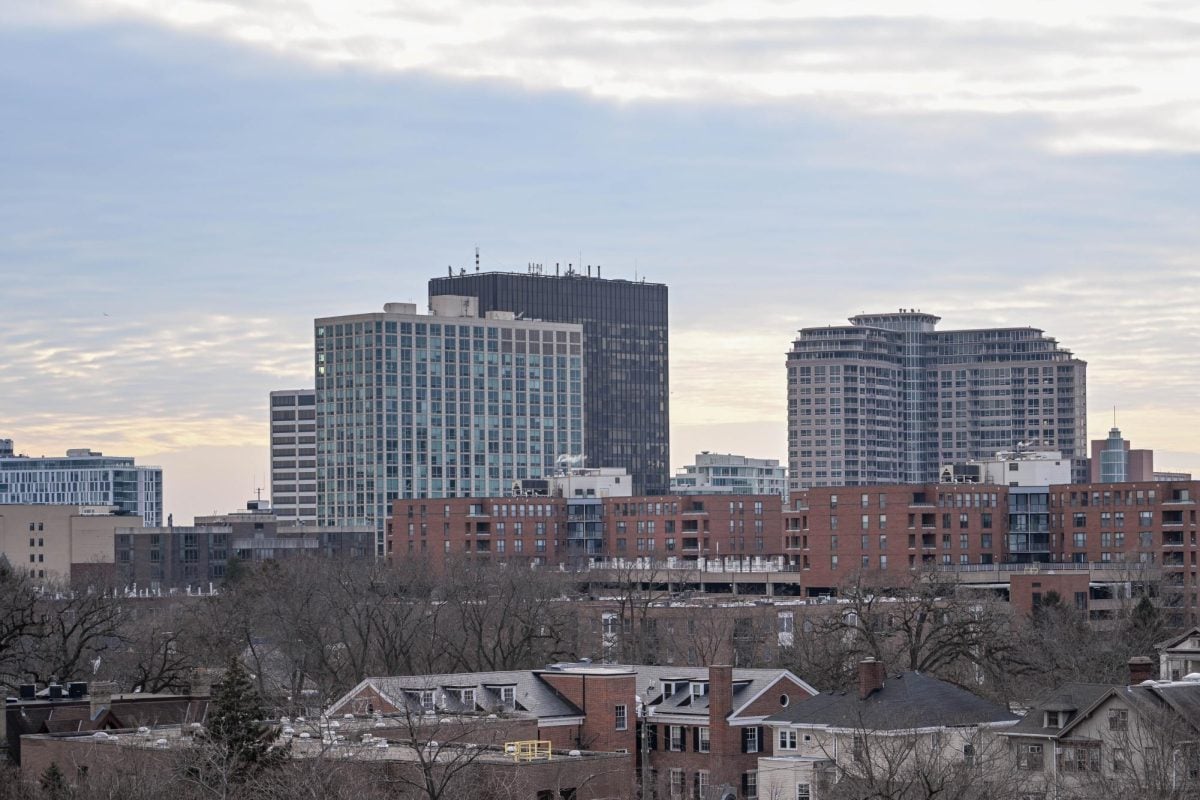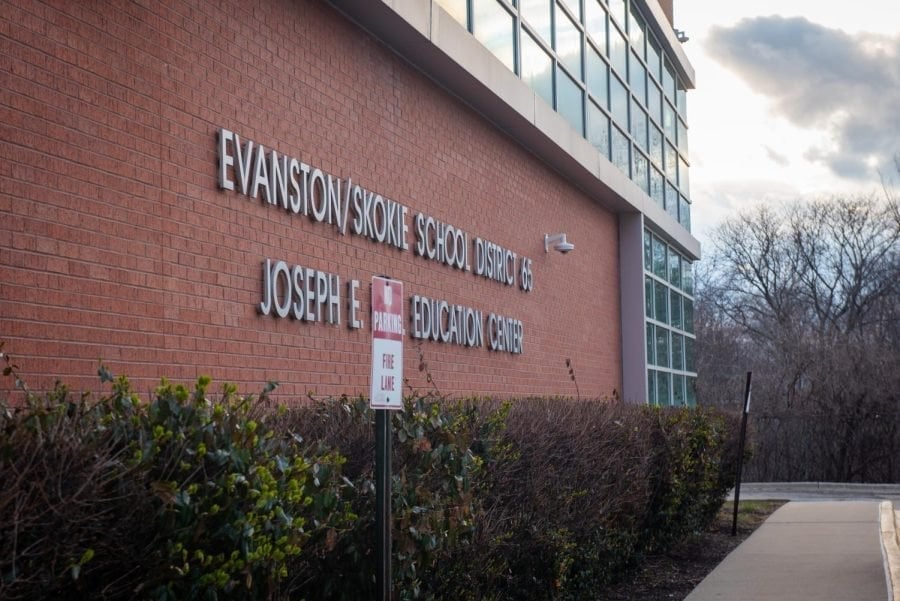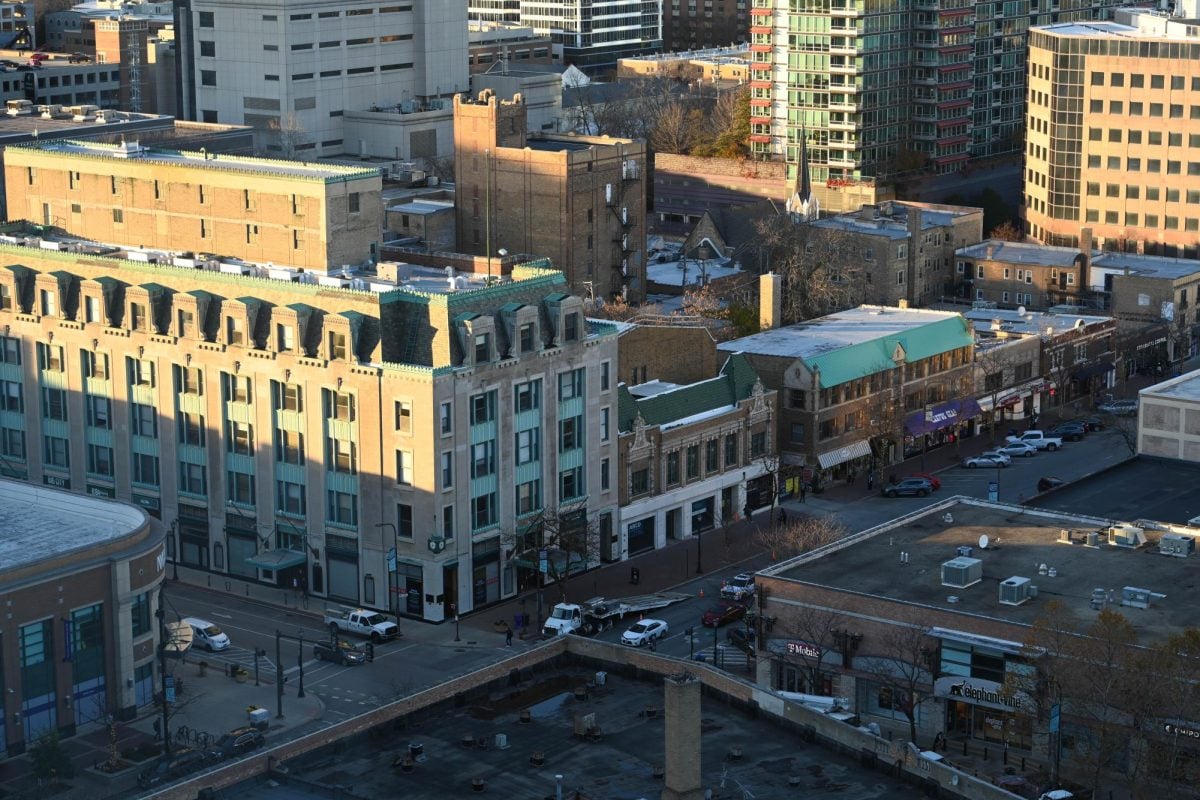Evanston firefighters responded to a record number of service calls last year, more than three-fifths of which were emergency medical service calls, according to a report released Thursday.
In 2011, Evanston responded to 5,467 emergency medical service calls, a department record. Firefighters exceeded that record last year by nearly 400 calls, averaging about 16 per day.
Data at nearby municipalities, however, is mixed.
The number of such calls in nearby Skokie exceeded the five-year average in 2011 and 2012, said Ralph E. Czerwinski, Skokie’s fire department chief.
In Wilmette, however, firefighters saw a 3 percent reduction in the total number of service calls in 2012 and no noticeable difference in the number of EMS calls, Wilmette deputy fire chief Mike McGreal said.
The Skokie and Evanston fire chiefs said some people, particularly the elderly, are relying more on emergency services, which is one possible reason for the hike in medical service calls.
“Individuals are becoming more comfortable and reliant of services,” Czerwinski said. “If something occurs they know to call 911, and they expect the ambulance to arrive.”
Evanston fire chief Greg Klaiber said with more people traveling in and out of Evanston, the city’s economic development may have contributed to last year’s higher call volume. The total number of calls the department responded to has increased by 50 percent in the last 25 years, he said.
To respond to the increase in EMS calls, Evanston Fire and Life Safety Services has outfitted fire engines and trucks with advanced life support equipment.
Still, Klaiber said the increase in call volume has stretched the department’s resources.
“It does put a strain on our staffers and some apparatus if it is out at the time,” he said.
To relieve some of the pressure, the city’s Fire and Life Safety Services and nearby municipalities’ fire departments share their services through the Mutual Aid Box Alarm System Division 3. Fire departments outside Evanston provided help to the city 98 times in the past year, Klaiber said.
Despite the increased number of emergency calls, Evanston firefighters were able to hold emergency-related losses below $1 million in 2012, the first time in more than a decade.
Klaiber said a less-than-four-minute average response time and firefighting strategies on the scene held down costs for incidents involving property damage and public safety.
“Every minute after four minutes, the fire will double in size,” he said. “If we can get to your home … in four minutes or less … we’re going to be much more likely to save life or property.”
In an effort to increase collaboration, Evanston also signed in October a training facility-sharing agreement with Skokie that which will allow the city’s firefighters to use Skokie’s Station 17 for live fire training for 10 years with a five-year renewal option. In exchange for use of the facility, the city paid $286,000 for improvement of the site.
“There’s a bond in the comfort level between the two agencies,” Czerwinski said. “When your home is on fire, it doesn’t matter whose patch is on (the firefighter’s) shoulder.”













